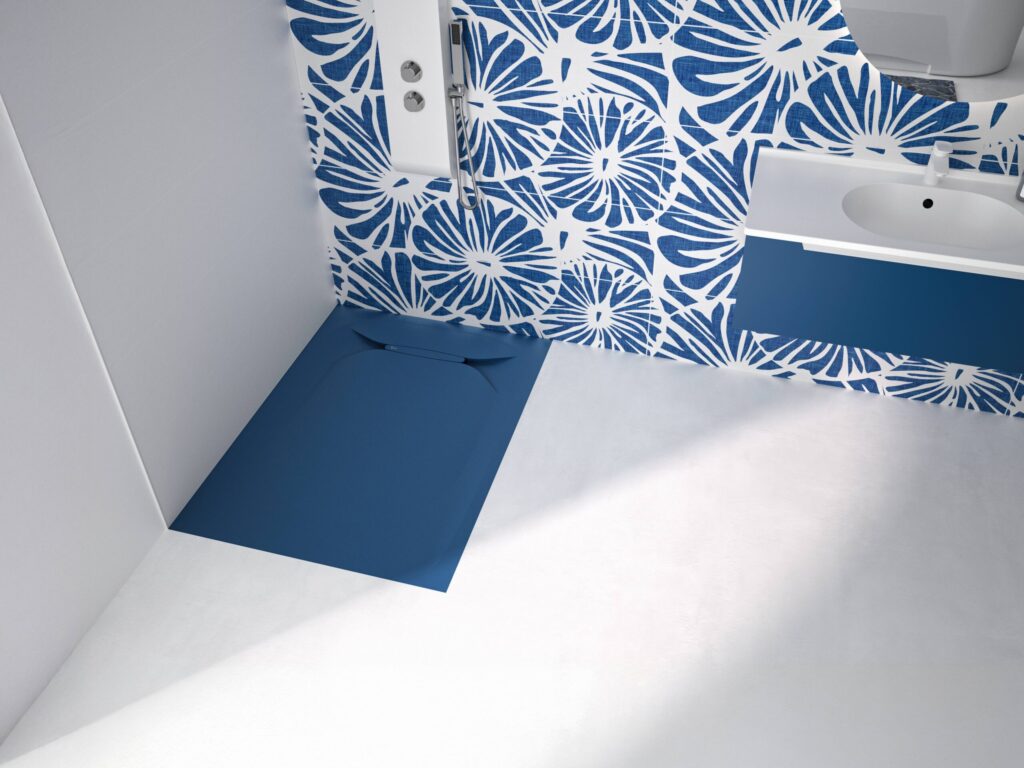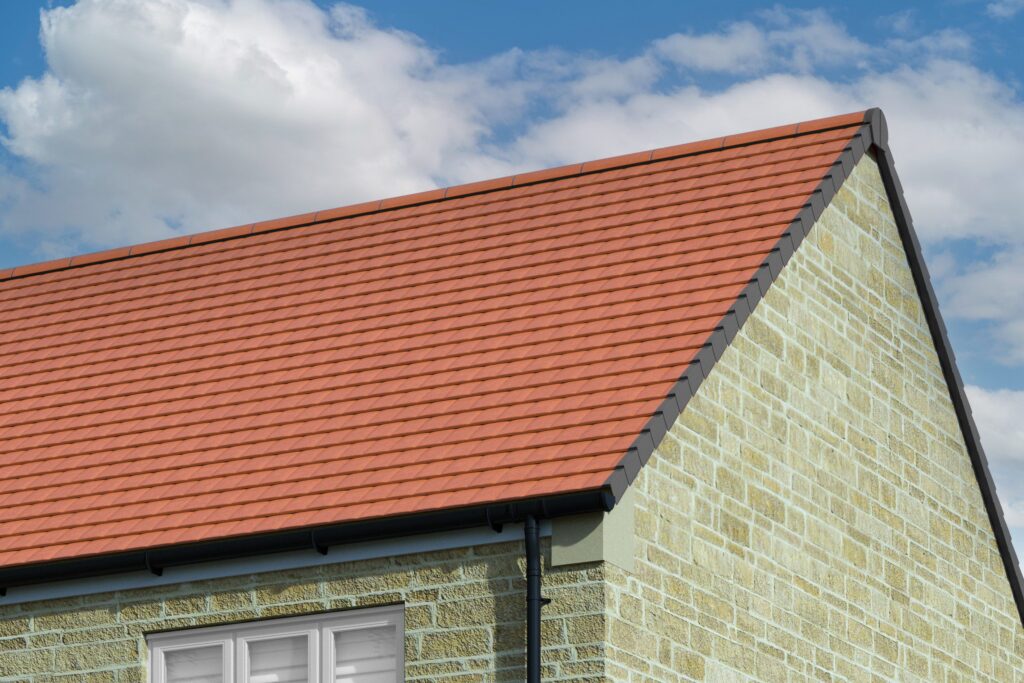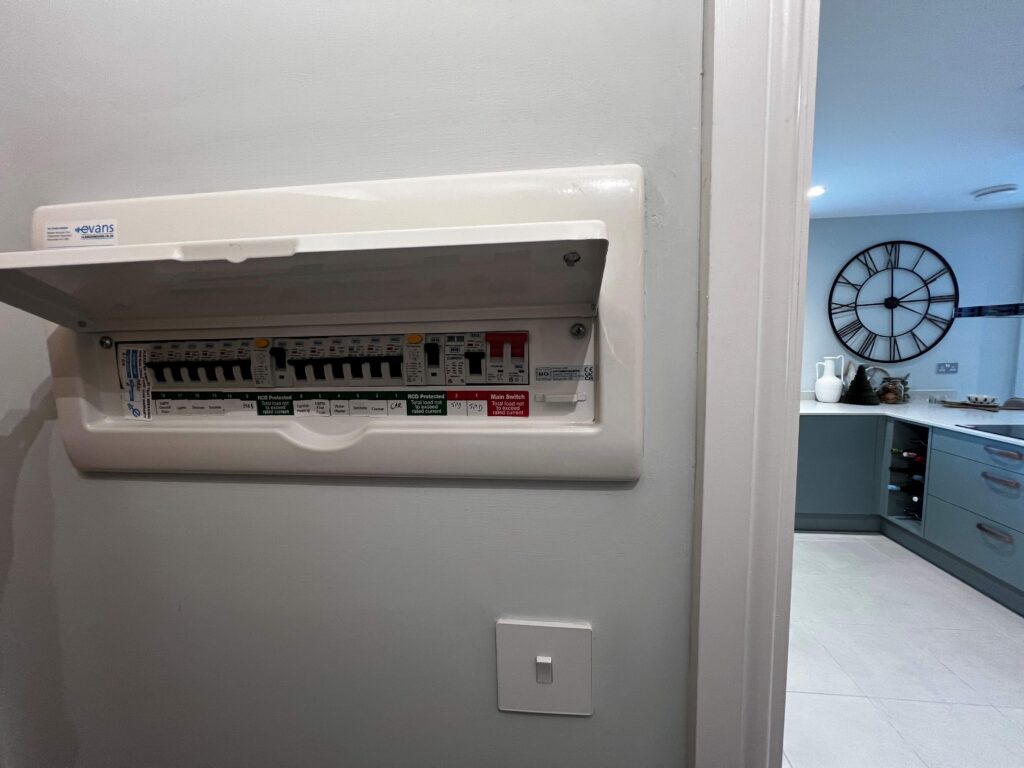Wall Ties are an essential element in the strength and stability of a cavity wall, but by crossing the cavity they act as a thermal bridge between the internal and external leaves. Generally speaking, the wider the insulated cavity, the more substantial the Wall Tie needs to be and the greater the effect the tie will then have on the U-value of the wall.
The challenge for the Wall Tie industry, set by the Government’s ambitious CO2 emission reduction targets, is to reduce the thermal conductivity of its products whilst continuing to meet the structural performance requirements of wide cavity construction.
Ancon Building Products has met this challenge by launching a new range of Low Thermal Conductivity Wall Ties; ties which minimise heat loss through thermal bridging, thereby improving the energy efficiency of a wall. These products can actually be used to reduce insulation thickness and therefore provide savings on construction materials and wall footprint.
This new range of Ancon Wall Ties suits cavities from 50mm to 300mm, essentially future-proofing traditional masonry cavity wall construction with which all clients, contractors and designers are familiar.
In addition to a number of high tensile stainless steel wire Wall Ties, this range includes the new Ancon TeploTie which is manufactured from pultruded basalt fibres set in an epoxy resin.
The TeploTie has a BBA approval and is available exclusively from Ancon Building Products. It has a thermal conductivity of just 0.7W/mK, making it the most thermally efficient Wall Tie on the market. It has been already been used on the first certified Passivhaus to be built with traditional masonry cavity walls and the first retrofit to be built to Level 6 (Zero Carbon) of the Code for Sustainable Homes.
When calculating a U-value it is important to use the actual cross-sectional area of a Wall Tie and the thermal conductivity of the material from which it is manufactured, rather than allowing a calculation program to apply default values. This can make a considerable difference to the result; a default value will over-estimate the thermal bridging effect of an Ancon Wall Tie and designers may increase insulation width and wall footprint unnecessarily.
Any heat loss through Ancon Low Thermal Conductivity Wall Ties is negligible and so these products are excluded from U-value calculations in accordance with EN ISO 6946.
In addition to providing a thermal bridge, Wall Ties can also transfer sound across a cavity. Approved Document E: Resistance to the Passage of Sound specifies the requirements for Wall Ties for use in internal separating walls of new build dwellings. It states that ties must have a measured dynamic stiffness of less than 4.8MN/m3.
Independent tests have proven that the stainless steel wall tie referenced Staifix HRT4, which forms part of Ancon’s low thermal conductivity range, meets this stringent acoustic requirement. The HRT4 is suitable for use in separating walls with a 50mm, 75mm, 100mm or 125mm cavity.
For more information go to











